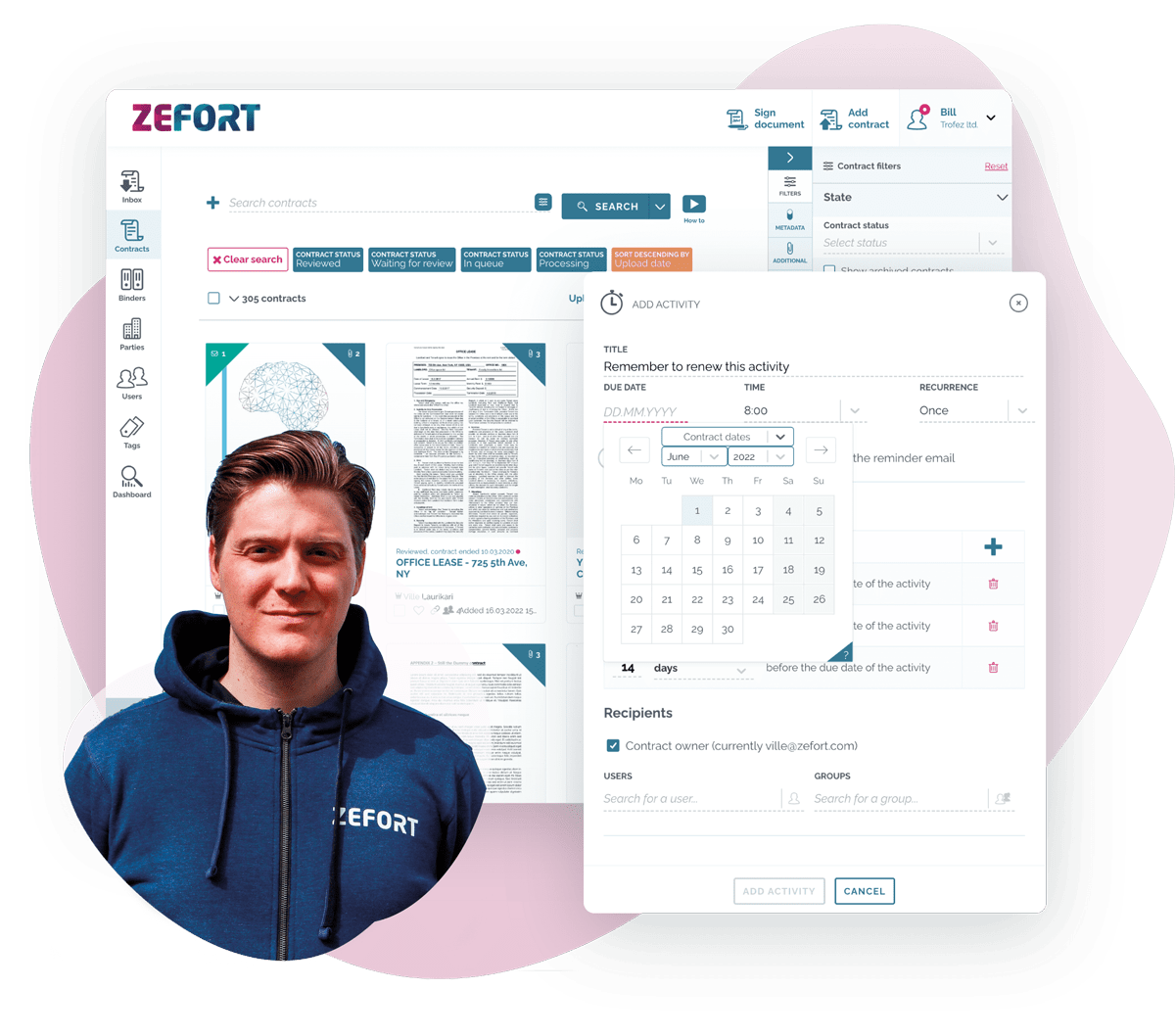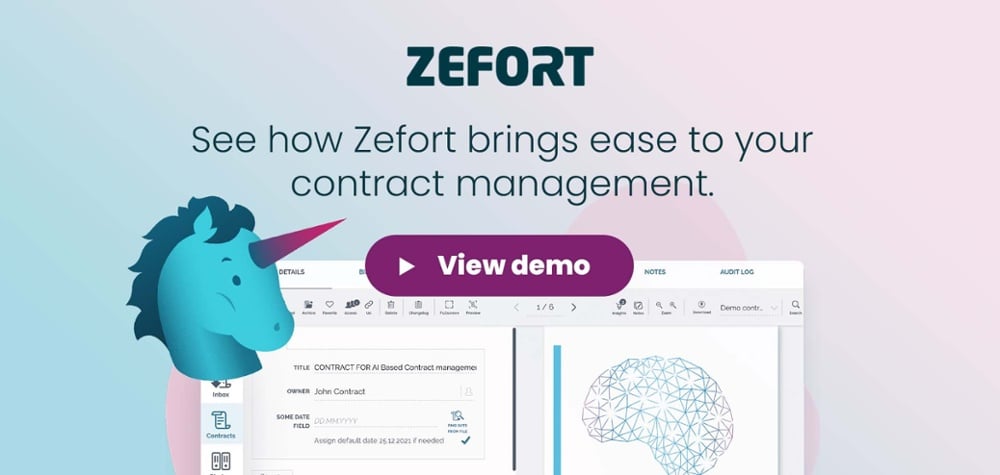Have you ever come across legal documents that had you scratching your head, desperate for a translation in plain English? If so, you’re not alone. The legal world can often feel like a complex labyrinth, filled with impenetrable jargon and confusing terminology. But fear not, because a new approach called legal design is emerging to tackle this age-old problem.
In this article, we’ll delve into the basics of legal design and explore how it’s revolutionizing the way we comprehend and engage with the law. So, get ready to unlock a whole new world of legal understanding, where simplicity and clarity reign supreme. Let’s dive in!
What is Legal Design?
Defining Legal Design
Legal design is a multidisciplinary field that combines elements of law, user-centric design, and problem-solving. It aims to simplify and enhance the legal experience for both lawyers and clients by introducing innovative approaches to legal processes, contracts, and systems. The key principles of legal design involve focusing on user needs, increasing transparency, and using visual representations to make complex legal information more understandable.
By applying design thinking and human-centered design principles to legal services, legal design promotes access to justice, improves the efficiency of legal processes, and empowers individuals to navigate the legal system more effectively.
The Intersection of Law and Design
Design plays a crucial role in the legal world, shaping how information is presented and understood. Legal design combines legal expertise and visual communication to enhance access to justice. By using user-centered design principles, legal professionals can create documents and interfaces that are visually appealing, clear, and easy to navigate. This approach ensures that legal information is more accessible to the general public, reducing confusion and improving comprehension.
Effective legal design has the potential to transform traditional legal processes, making them more user-friendly and efficient. It empowers individuals to engage with the law confidently and make informed decisions.
Legal Design Basics
Simplifying Language
Legal language is notorious for its complexity and jargon, making it difficult for average people to understand. Simplifying language is crucial in legal design, as it aims to bridge the gap between legal professionals and the public. By using plain language, sentences are shorter, words are clearer, and concepts are easier to grasp. Simplified language eliminates unnecessary complexity, allowing users to navigate legal processes more effectively. It encourages inclusivity and empowers individuals to comprehend and engage with legal information.
Visualizing Information
Visualizing information is a powerful tool in legal design, helping to communicate complex concepts effectively. Through visual representations and diagrams, legal professionals can make data and complex legal processes more accessible and easier to understand for clients and stakeholders.
Visualizations can range from simple charts and graphs to more intricate infographics, maps, timelines, and flowcharts. Visual designs should be clear, concise, and visually appealing, using relevant colors, fonts, and icons to enhance understanding and engagement.
By transforming textual information into visual formats, legal professionals can provide a more engaging and user-friendly experience, ensuring clients and stakeholders grasp essential legal concepts more efficiently.
Examples of Legal Design
Visual Contracts
Visual contracts are a type of legal document that incorporates visual elements to enhance understanding and communication. By using images, icons, and diagrams, complex legal terms are transformed into accessible information. This improves transparency, reduces confusion, and empowers individuals to make informed decisions.
Visual contracts are particularly useful for addressing issues related to consent, as they simplify the language and make it easier for people to grasp their rights and obligations. They promote inclusivity and improve access to justice by breaking down barriers and making the legal process more user-friendly.
Chatbots for Legal Assistance
Chatbots have emerged as valuable tools for providing legal assistance online. These interactive software programs can efficiently handle a range of legal queries in a user-friendly manner. By employing natural language processing and machine learning algorithms, chatbots can provide immediate responses and guide users through various legal processes. Additionally, they can offer basic legal information, helping individuals understand their legal rights and obligations. Chatbots are increasingly being integrated into the legal sector to enhance access to justice and streamline processes, making legal assistance more accessible and convenient for everyone.
Implementing Legal Design
Collaboration between Lawyers and Designers
Collaboration between lawyers and designers is crucial for effective legal design. Lawyers bring their expertise in interpreting and applying the law, while designers contribute their skills in creating user-friendly and visually appealing materials. By working together, they can simplify complex legal information, improve accessibility, and enhance the overall user experience.
Lawyers can provide the necessary legal content, while designers can ensure that it is presented in a way that is easyto understand and navigate. This collaboration bridges the gap between the legal world and the general public, making legal information more engaging and accessible to a wider audience.
Iterative Design Process
The iterative design process is a valuable tool in legal design. It involves breaking down complex problems into smaller, manageable parts, and continuously testing and improving them. By gathering feedback early and often, designers can make informed decisions and create solutions that truly meet the needs of their users. This iterative approach allows for flexibility and adaptability, ensuring that the final design is both user-friendly and effective.
Through multiple cycles of testing, refining, and iterating, legal designers can create innovative, user-centered solutions that enhance the accessibility and usability of legal information and services.
Testing and Gathering Feedback
Testing your legal design solutions is crucial to ensure they meet the needs of your users. Conduct usability tests with real users to identify any pain points or confusion in the design. Gathering feedback is equally important; seek input from your target audience, stakeholders, and experts in the field. Their insights can help you refine and improve your solutions.
Consider using surveys, interviews, or focus groups to gather qualitative data. Quantitative data, such as analyzing user interactions, can provide valuable insights too. Iterate and make necessary adjustments based on the feedback received to optimize the effectiveness of your legal design.
Conclusion
Legal design is an emerging field that aims to make legal information and processes more accessible and user-friendly. It involves applying design principles and techniques to create visually appealing and easy-to-understand legal documents, websites, and interfaces. By simplifying complex legal concepts, using plain language, and incorporating visual elements, legal design can help individuals navigate the legal system more effectively.






